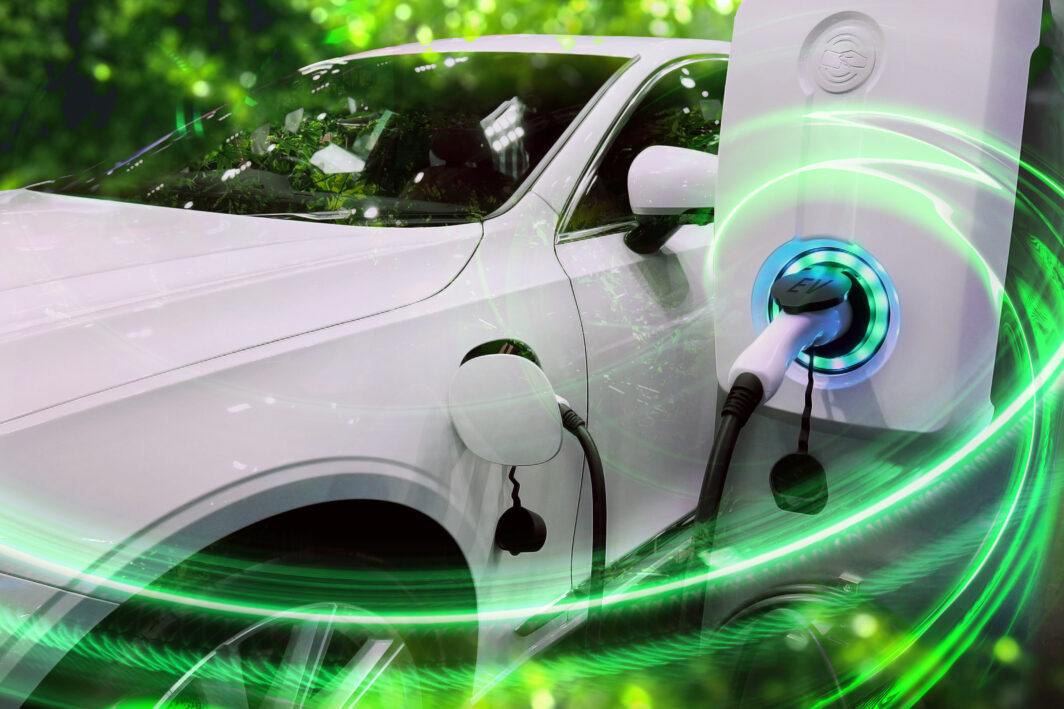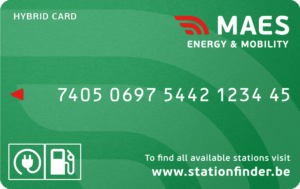
Electric charging with MAES
Hier kan je alle nuttige info terugvinden over elektrisch laden
Can I charge my electric car just about anywhere?
No, unfortunately you cannot charge everywhere with an electric car. Although the number of charging points has already increased in recent years, it is still important to check the availability of charging points in the areas where you drive. There are several websites and apps that show the location and availability of charging points in real time, so you can plan where to charge during longer journeys. It is also wise to check the charging capacity and compatibility of the charging points, as some electric cars require specific connections.
What are the different types of connections for electric charging.
There are different types of connections for electric charging, the most commonly used are listed below. Please note: some electric cars are compatible with multiple connections, but it is important to check which connection is suitable for your specific car.
Type 1 (J1772)
This is the most commonly used electric car socket in North America and Japan.
Type 2 (Mennekes)
This is the most commonly used connection for electric cars in Europe and Asia.
Chademo
This is a fast charger standard used for Japanese electric cars.
CCS (Combined Charging System):
This is a new standard that supports both AC (alternating current) and DC (direct current) fast charging and is increasingly used in Europe and North America.
Tesla Supercharger
This is an exclusive connection for Tesla cars, which enables fast charging.
Which connection can you find at the MAES Stations?
At MAES we are also working on building 100 Ultra-Fast-Charging piles at our locations, in collaboration with our partner Sparki. The intention is that you (depending on your car) are good for hundreds of kilometers within 10 to 30 minutes of charging.
Sparki’s current charging pole’s give a maximum of 350 kW because there are hardly any vehicles that can handle more than 350 kW. This allows you to charge the battery of your electric car to 80% in a minimum of time. Our charging stations are at least 6 times faster than the first generation of fast chargers (50kWh), which can still be found in many places. The power and speed of our charging stations can therefore not be compared to a classic charging station, which only supplies a fraction of the speed of our charging stations.
Where is the best place to recharge?
The best place to charge depends on the price and the load capacity. If you are on the road and you urgently need a charge, a fast charger at a public charging point may be the best option. Even if it is slightly more expensive. If you have the option to charge at home and, for example, solar panels, then charging at home is the best option. So everything depends on your situation. Below we take a look at the different options.
Recharge at home
An electric car has a great advantage that you can often recharge at home. You can use a normal socket for this. Of course, check your rate first and try to charge at off-peak hours. If you have solar panels, this can even be a cheaper option! You can also opt for a charging station with a higher capacity at home.
Recharge at work
Some employers encourage taking an electric company car because they can introduce it more easily. They often immediately provide an option to charge the car at work, whether or not at a cheaper rate. This way you can charge the car while you are working and you do not lose any time.
Public charging stations
There are already a lot of public charging stations, although this network is still quite limited. At MAES we are also working on installing 100 ultra-fast charging stations at our stations. Public charging stations can often be a bit more expensive, especially ultra-fast charging stations. The advantage is of course that you can get back on the track faster with these last posts. Are you looking for a public charging point? You can find one here
Recharge for free while shopping
A number of retail chains have been offering this option for a while. For example, you can charge your car for free at some IKEA stores. This only caused the phenomenon of “loading tourism” where people came to charge their car without shopping. That’s why they are restricting it. For example, Lidl reduced all the power of the charging stations and has limited the charging time to one hour and only during opening hours. The NMBS also has charging stations in many of its public car parks, where train subscribers enjoy a preferential rate. It is expected that “free” charging will soon no longer be offered, but we are not there yet.
MAES Hybrid Card
Not only can you go to MAES for the ultra-fast chargers. Whether you have a fully electric car or a hybrid car, you can use our MAES Hybrid Card for both. It combines the positive points of the regular fuel cards with an option where you can also charge electrically.
All useful information about electric charging with MAES can be found here.
FAQ
How much power do I need to charge my electric car?
The power required to charge an electric car depends on the capacity of the battery and the charging speed of the charging point. In general, the larger the capacity of the battery and the faster the charging speed, the higher the power required. An average electric car has a battery capacity of about 60 kWh and can be charged from 0 to 100% in about 8 hours with a charging speed of 7.4 kW. For faster charging speeds, for example at a fast charging station, higher power is required.
Can I charge my electric car at home?
Yes, most electric cars can be charged at home using a charging station or a regular socket.
Is it safe to charge an electric car?
Yes, it is safe to charge an electric car. Electric cars are designed to be safe while charging, and most charging stations have protection mechanisms to prevent overload and short circuits.
How much does it cost to charge an electric car?
This depends on the price of the electricity and the capacity of the charging point. In general, charging an electric car is cheaper than refueling with petrol or diesel.
Can I charge my electric vehicle while driving?
At the moment it is not possible to charge an electric vehicle while driving, as wireless charging technology is still under development.
How do I pay for charging my electric vehicle?
This depends on the charging infrastructure and the payment method that has been set up. For example, you can pay with a charge card (such as the handy MAES Hybrid card), via an app or via a credit card.
Where can I charge my electric car?
You can charge your electric car at public charging points, at fast charging stations, at home or at work.
What is the range of an electric car?
The range of an electric car depends on the capacity of the battery and the consumption of the car. On average, electric cars have a range of 200 to 300 kilometers.
